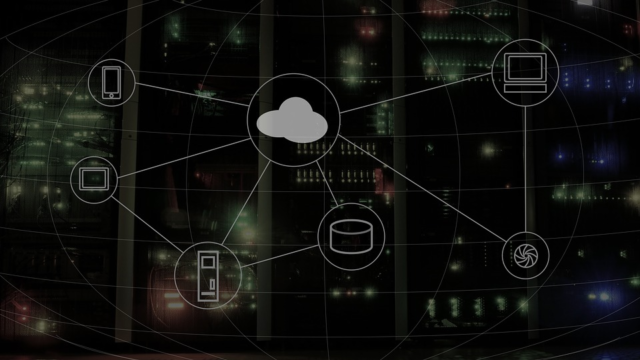The concept of “facility management” isn’t new. It was first elaborated during the 60s as a set of protocols to deal with issues like asset and lease management, on top of safety concerns. It’s been evolving together with computer technology and the internet, and today it’s a market of its own. In this article, you’ll read about how CAFM is rocking the world of management systems.
A Market on the Rise
Efficient CAFM systems can cut costs and avoid countless hassles on maintenance and safety, and managers know it. A facility management system is a fundamental element in the organization of a company. It includes the workspace, buildings, and the people working in them. This market has been experiencing a steady rise in recent years: Its market size was around $830 million in 2019 globally, and it’s expected to grow to well over $1 billion by 2026.
From Ground Computers to the Clouds

Early versions of CAFM were run on massive mainframe computers. As time passed, they started to be managed by ever smaller and more powerful computers. Nowadays, it’s not necessary to run a CAFM on bulky computers, as all the data and relevant information can be stored in the cloud. Cloud-based systems prove more efficient and cheaper, working with better designs and much more data. Cloud-based CAFM is also a market on the rise. It’s likely to expand even further, thanks to better internet connection and data safety protocols.
What Does CAFM Software Do?
A CAFM software manages all aspects of a company. It crosses behavioural patterns, business administration, architecture and engineering. Its main goal it’s to make everything inside a company more predictable and, well, manageable with the management systems such as that to be found at https://www.fsifm.com/en-gb/ for example.
It does so through the combination of other kinds of software, like Computerized Maintenance Management System (CMMS), Environmental Management System (EMS), and Building Management System (BMS). Typically, those systems also work together with Integrated Workplace Management System (IWMS).
What Does a Project Management Software Do?

A Project Management Software (PMS) does exactly what it says. It helps manage schedules, the available resources and how to use them, budget, and documentation. Additionally, it helps to organize tasks, deadlines and to manage possible errors. Moreover, it provides concise information about a given project in case plans need to be changed. Still, it’s essential to understand its details.
Conclusion
A PMS doesn’t cover several aspects that CAFM does. Namely, building and machinery maintenance, safety, or carbon footprint reduction. In this sense, a CAFM system provides greater control over all aspects of a company. A CAFM software does everything a regular PMS software does and much more.
Project Management Software is a great tactical tool for businesses in general. Because of CAFM’s ability to deal with large amounts of data and several variables, they are likely to replace Project Management Software. Large industries, companies need stricter control over their processes. That’s what a CAFM provides.
